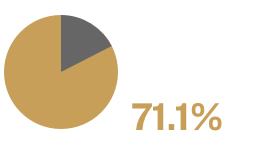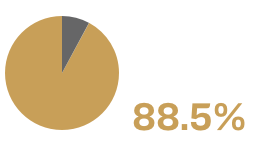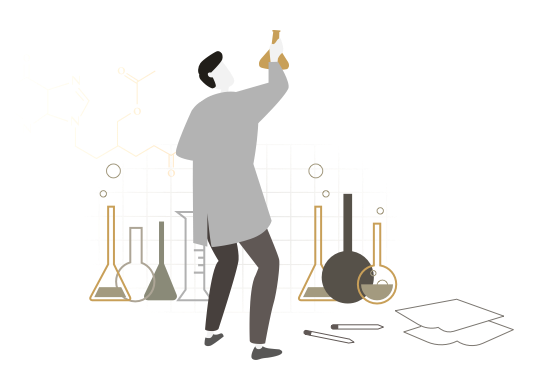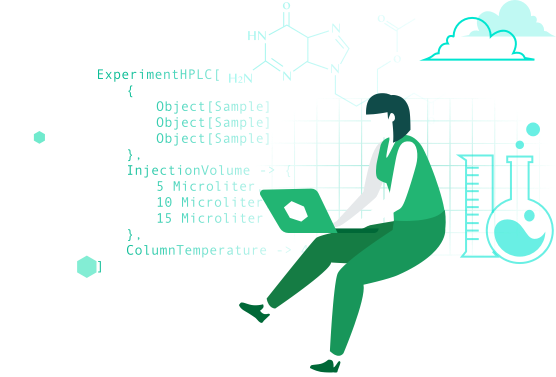Experimental Reproducibility Presents Enormous Challenges
The clip below highlights an example of the types of "missing" information from just a small portion of a method section in a paper published in the Journal of the American Chemical Society
- Results are most easily reproduced when conducted by the same scientist working in the same laboratory and don’t transmit well to other scientists and laboratories. Why is this the case?
- Ambiguity in communication of techniques, methods, and data analysis is at the core of the reproducibility problem
- There is no way to be absolutely sure whether a traditionally documented method provides enough information to reproduce without actually testing it
- Routinely reproducing experiments is time-consuming and resource intensive and slows the overall pace of progress
Inconsistent Results

Prinz, F., Schlange, T. & Asadullah, K. Believe it or not: how much can we rely on published data on potential drug targets?. Nat Rev Drug Discov 10, 712 (2011). https://doi.org/10.1038/nrd3439-c1
Inconsistent Results

Begley, C., Ellis, L. Raise standards for preclinical cancer research. Nature 483, 531–533 (2012). https://doi.org/10.1038/483531a

Experiments are Codified

The ultimate SOP
- All experiments run on ECL using a defined laboratory instruction set, much like software programs run on a computer using a defined microprocessor instruction set. Just as a microprocessor can reproducibly execute any supported program, ECL can reproducibly execute any supported experiment
- ECL’s development team, with centuries of collective bench experience, has spent a decade painstakingly crafting, testing, and refining ECL’s Symbolic Lab Language (SLL), a powerful comprehensive instruction set capable of rigorously supporting the diverse needs of professional scientists
Capture your entire experiment
Push-button reproducibility
- Any protocol run historically on ECL can be re-rerun identically with fresh samples on demand
- ECL automatically collects all data and protocol steps that are scientifically and operationally relevant
- In addition to primary data, ancillary data such as full sample trace history, instrumentation information (including calibrations and qualifications), and metadata captured through embedded sensors in the facility are recorded
- The linked data network ties together all aspects of an experiment and analysis together in a searchable rich knowledge graph
360º data capture — No data left behind
Easily transfer methods between people or groups
- Sharing experiment IDs makes it easy to collaborate with scientists across the room or across the world
- Comprehensive experimental documentation and ontology ensure no ambiguity when collaborating with scientists at other institutions or with different backgrounds
- Eliminates golden hands, lucky instruments, and other anomalous phenomena
- Easier to identify and make systematic fixes that ensure issues do not reoccur
SLL codifies method description and execution into a standardized and objective language, eliminating interpretation as a source of error, minimizing variables to troubleshoot, and allowing for a systematic approach to study and eliminate error
